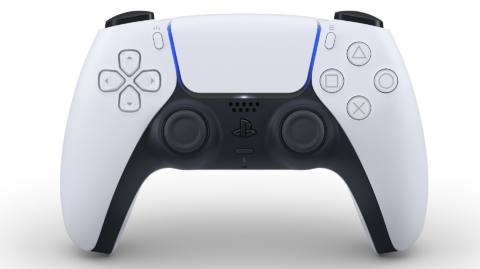
When it comes to video game consoles, the current generation has one platform holder going all-in on tactile immersion — Sony Interactive Entertainment. No stranger to creating immersive experiences, players may recall Sony’s PSVR and its PS Move controller, the DualShock 4 with its touchpad and motion control, heck, even the EyeToy Play. The current generation PS5 includes a DualSense controller that comes packed with features from the DualShock 4 and tacks on new adaptive triggers and haptic feedback.
Sony has been fixated on marketing this unique controller for immersion: selling players on the experience of feeling their bow being drawn taut, or the tippy tapping of raindrops against their palms. When it comes to accessibility for disabled players, there’s so much potential that lies in the existence of these intricate haptics. It feels, though, as if the focus on immersion may be seeing developers forget about providing a balance, or optional choice, of immersion and functionality.
I’ll jump straight into how the controller’s haptics can be useful for accessibility — the adaptive triggers are a story for another day. I’m Deaf and I wear hearing aids, yet I still miss key sounds, or I fail to understand the newfangled 3D audio. The haptics could guide me with directionality, they could make me feel immersed in a world to set the scene, and they could highlight a successful puzzle completion. Additionally, they could help those who are blind or have low vision, by informing players of interactive elements, making menu navigation more tactile, and also warning of nearby dangers such as enemies or ledges.






